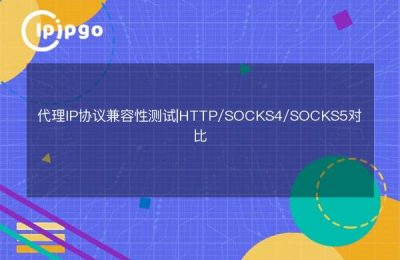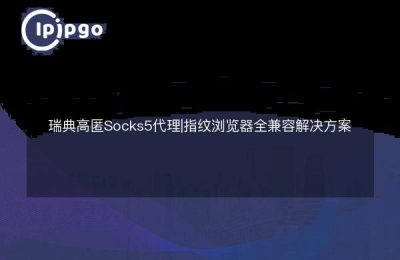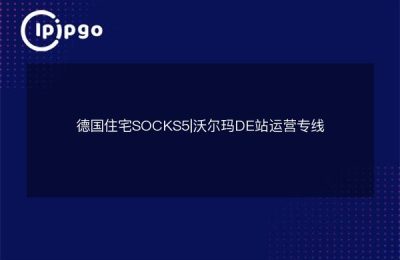
In today's Internet environment, Proxy IP has become an important tool for network security and privacy protection. Especially the SOCKS5 proxy, which not only provides high anonymity, but also supports multiple network protocols. This article will detail how to configure SOCKS5 proxy on CentOS client.
What is a SOCKS5 Agent?
SOCKS5 proxy is an Internet protocol through which you can redirect your network traffic to a proxy server, which then sends the traffic to the target server. Compared with HTTP proxy, SOCKS5 proxy has higher flexibility and security. It supports both TCP and UDP protocols and is capable of handling various types of traffic, including web browsing, file transfer, and email sending and receiving.
Why choose SOCKS5 Agent?
There are many benefits to choosing a SOCKS5 proxy. First, it offers greater anonymity as it hides your real IP address. Second, the SOCKS5 proxy supports a wide range of protocols for a variety of application scenarios. Finally, it is relatively easy to configure and is suitable for all types of users.
preliminary
Before starting the configuration, you need to make sure that the following software is installed on your CentOS system:
- SSH client
- Proxychains (optional)
- IP address and port number of the SOCKS5 proxy server
Installing and configuring Proxychains
Proxychains is a powerful tool to redirect your web traffic through SOCKS5 proxy. First, install Proxychains using the following command:
sudo yum install proxychains
After the installation is complete, edit the configuration file `/etc/proxychains.conf` and find the following line:
#socks4 127.0.0.1 9050
Modify it to:
socks5 [your SOCKS5 proxy IP] [port number]
Configuring SOCKS5 Proxy over SSH Tunneling
If you have a remote server, you can configure the SOCKS5 proxy through an SSH tunnel. Use the following command:
ssh -D [local port number] -f -C -q -N [your username]@[remote server IP]
Example:
ssh -D 1080 -f -C -q -N user@192.168.1.1
This will allow you to use the SOCKS5 proxy on local port 1080.
Configuring the browser to use the SOCKS5 proxy
Next, we need to configure the browser to use SOCKS5 proxy. Take Firefox as an example, open "Preferences", go to "Network Settings", select "Manual Proxy Configuration", and then enter your proxy IP and port number in "SOCKS Host". SOCKS Host", then enter your proxy IP and port number.
Test Agent Configuration
After the configuration is complete, you can confirm whether your proxy configuration is successful by visiting some IP testing websites. If the IP address you see is not your real IP, then congratulations, the proxy configuration has been successful.
Common Problems and Solutions
In the process of using SOCKS5 proxy, you may encounter some problems. Here are some common problems and their solutions:
- Connection timeout: Check if your proxy server is online and make sure the IP and port number are correct.
- Unable to resolve domain name: Make sure your proxy server supports DNS resolution, or enable DNS resolution in the Proxychains configuration file.
- Slow speeds: Try changing proxy servers, or checking your internet connection.
summarize
With the introduction of this article, I believe you have mastered the basic method of configuring SOCKS5 proxy on CentOS clients. Whether through Proxychains or SSH tunnels, SOCKS5 proxies provide you with greater anonymity and flexibility. I hope this article has been helpful to you.
If you are interested in Proxy IP products, try our Proxy IP service and experience a more efficient and secure network environment.








